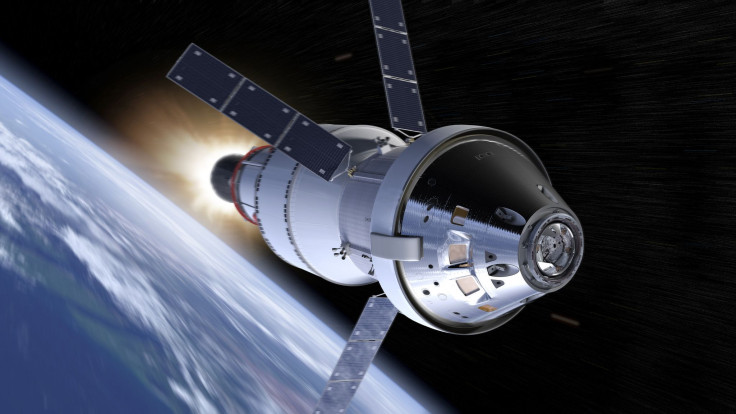The Lunar Program's Next Step: Astronauts To Live, Work On The Moon In This Decade
The first step in the lunar program, Artemis 1 mission, was launched from the Kennedy Space Center in Florida's Cape Canaveral on Wednesday. Now, the ultimate goal is to get astronauts to live and work on the moon in the next decade, a NASA official said.
The future plans were revealed during an interview with BBC's Sunday with Laura Kuenssberg. Howard Hu, the head of the U.S. agency's Orion lunar spacecraft program, made the revelation.
"Certainly, in this decade, we are going to have people living for durations, depending on how long we will be on the surface. They will have habitats, they will have rovers on the ground," Hu told the BBC. "We are going to be sending people down to the surface, and they are going to be living on that surface and doing science."
The Artemis1 mission will be followed by two more missions, Artemis 2 and Artemis 3. The last mission will end with the landing of humans on the surface of the moon after a gap of 50 years.
Calling the launch "the first step we're taking to long-term deep-space exploration, for not just the United States but for the world" Hu said it was "a historic day for Nasa, but it's also a historic day for all the people who love human space flight and deep-space exploration."
Sitting atop the Artemis1 rocket, the Orion spacecraft is expected to fly by the moon Monday. The spacecraft is scheduled to return to Earth on December 11.
"We are going back to the moon. We're working towards a sustainable program, and this is the vehicle that will carry the people that will land us back on the moon again," Hu said.
Construction of the Lunar Gateway is also on the cards for the Artemis program. The gateway will be the lunar space station where the astronauts will live in the future, according to InterestingEngineering.
"Moving forward is really to Mars," Hu further told the BBC. "That is a bigger steppingstone, a two-year journey, so it's going to be really important to learn beyond our Earth orbit and then do a big step when we go to Mars."
Talking about the role the Artemis program will play, Hu concluded "the Artemis missions enable us to have a sustainable platform and transportation system that allows us to learn how to operate in that deep space environment."
The Orion spacecraft took a selfie that was shared by NASA on Sunday.
"Just days from reaching the Moon, the NASA Orion spacecraft captured this selfie while flying through space," NASA tweeted. You can track Orion's movement in real-time using NASA's Artemis Real-Time Orbit Website (AROW).

© Copyright IBTimes 2024. All rights reserved.




















